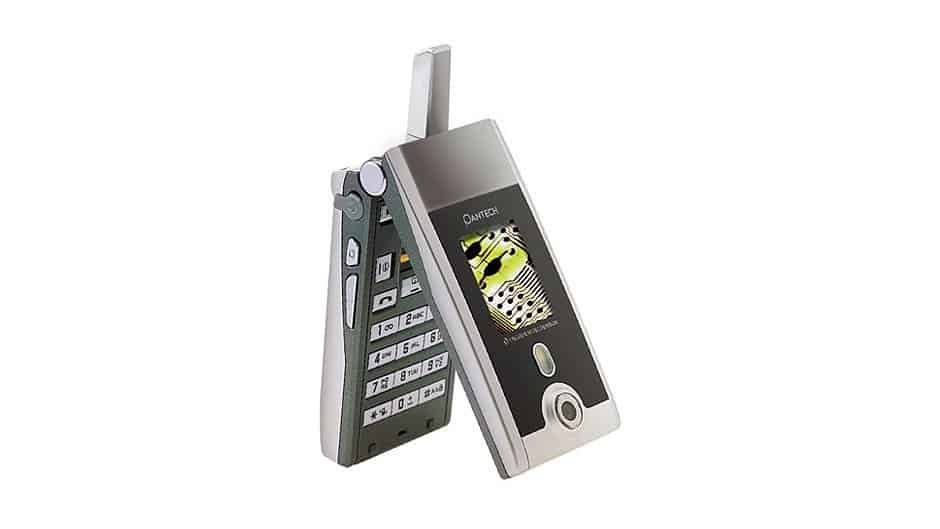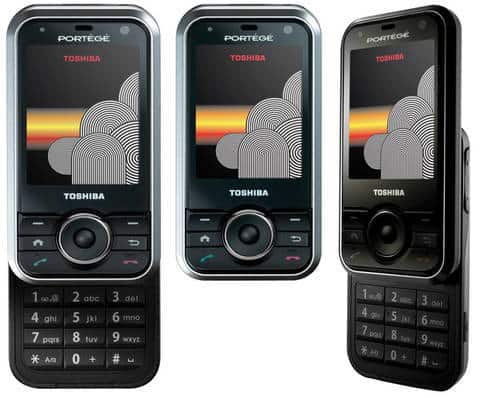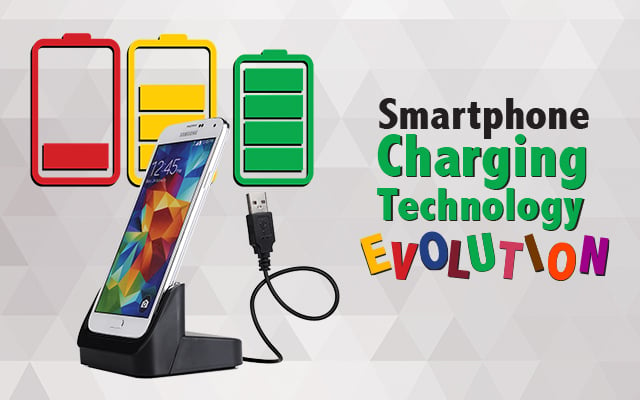We all know the first generation smartphones comes in 2008. Upto now the game is changed in 2020.In this blog we see the advancements and other things evolute in smartphones during 10 years.
Smartphones are everywhere. It is quite hard to imagine life without them, as software and hardware companies have worked seamlessly over the years to fit in the maximum amount of features in a small device. But the journey from the very first smartphone from BlackBerry to the current behemoth that is the iPhone X, has been something of a wonder. This National Technology Day on 11th May, let’s take a look at how smartphones have evolved over the past decade.
What we are essentially talking about here is the design change over the years that we have seen in smartphones. There has been the continuing trend where smartphone makers try to make the phone as small as possible while having the biggest display of that size.
The first android phone was HTC G1. At that time there were limited smartphones as you see, but upto 2010 there were several companies who start selling smartphones.Now we see the evolution of smartphones.
- The Display
Now you see the latest trends in smartphones like notch,whole puntch , and full screen also .You have seen in display fingerprint sensor phones also.These phones are evoluting rapidly.Under display selfie is looking like futuristic thing.
In first smartphones selfie camera does not exist ,but after 2014 it comes in trend.After this they evolute fastly and smartphones companies focused on selfie cameras .They implent high resolution,high megapixels and sensors. Now you can record vedios in 4k at 60 fps.
In some phones you can record vedio at 8k .There are portrait mode in your phones.And you can slo-motion in your selfie camera vedio then you can upload tik-tok vedio also if you like.
At that time there was normal TFT display , ips .Now there is led display and amoled screens you have seen . You can imagine the technology is at which level.The quality also improves throughout years.
- Unlock Methods
The world’s first fingerprint phone was Pantech GI100, which launched back in 2004. The fingerprint scanner on Pantech GI100 is not just for fingerprint recognition; it also has extra features like fingerprint authentication and fingerprint speed dialing [memory dials].
But, it was Toshiba, which took the fingerprint scanner phones to the mainstream. Back in 2007, when we used to see phones running Windows Mobile 7 or 7.5 from HTC, Palm and we used to see Windows Mobile on PDAs from HP (I remember trying out someone’s PDAs, which was made by HP running Windows Mobile). Back then, Toshiba came out with Toshiba G500, along with G900. Just a little later, HTC joined the league and launched HTC P6500.
I think that the modern-day fingerprint scanner revolution started from the time iPhone 5s launched, and TouchID was something that attracted the consumers. Here’s a fun fact, yes! iPhone 5s is the first fingerprint phone in Apple’s iPhone lineup, and also the first phone with TouchID.
Now, the fingerprint scanner is not a feature that you would find on flagship phones. Even a phone like Coolpad Note 3 Lite, which roughly costs around $100, has an excellent fingerprint scanner, and there are some unique and responsive fingerprint scanners on phones like Redmi Note 3, Honor 5X and a few more.
But Apple rules till now, a new patent filed by Apple hints that they have plans to build sensors into smartphone screens, meanwhile Sonavation announced that their ultrasonic fingerprint sensor could function beneath Gorilla Glass. Both these points hint that we will soon get much security without compromising the size of the display. LG took the concept to reality and showed a demo of how they were able to embed the fingerprint scanner on to the screen itself. There are Japanese brands like NTT DoCoMo and Fujitsu who are ahead in the race of providing the world’s first embedded iris scanner that’s something I’m very much looking forward
- Charging Technology
With the technology evolution, smartphones have become one of our basic need to communicate with friends, family and coworkers. Apart from communication, these smartphones are a modern day marvel, pocket-size computers that allow us to play 3D games, snap photos, video chat with friends and navigate around the world without ever stopping to ask for directions.
Smartphones are a modern day marvel, pocket-size computers that allow us to play 3D games, snap photos, video chat with friends and navigate around the world without ever stopping to ask for directions
Smartphones are a modern day marvel, pocket-size computers that allow us to play 3D games, snap photos, video chat with friends and navigate around the world without ever stopping to ask for directions
With evolution in smartphone technology, progression in battery technology can also be witnessed. As the smartphones are used continuously throughout the day therefore, it has increased the battery consumption rate, hence, increasing the demand of power revolution. Therefore, with increased usage of smartphones in daily life, better and efficient batteries have been introduced along with smarter charging solutions.
There are a lot of new fast-charging technologies, few of them are defined here:
Wireless Charging:
Wireless Charging is also known as “Inductive Charging” because it uses magnetic induction and allows you to charge your smartphone without fiddling with USB plugs. Just place the smartphone on a wireless charger and it will start charging. Some standards are also designed to ensure that devices and wireless chargers from different companies can work together. There are three standards: Qi, PMA (Power Matter Alliance) Powermat, and A4WP (Alliance for Wireless Power).
Fast Charging:
Fast charging is the latest trend nowadays. With new Fast Charge technology, your mobile phone battery can go from zero to 50% in about 30 minutes, so you can spend less time connected to an outlet and more time connecting with people you care about.
Using certain Snapdragon–powered devices with a Quick Charge certified power adapter and any USB connector, including Type-C, you can refill the battery of enabled devices up to 4X faster than with conventional charging
Samsung Adaptive Fast Charging:
Samsung has introduced its own “Adaptive Fast Charging Technology”.
Qualcomm Quick Charge 3.0:
Qualcomm, a popular SoC manufacturer introduced its own Quick Charge technology with Quick Charge 3.0 currently being promoted.
Using certain Snapdragon-powered devices with a Quick Charge certified power adapter and any USB connector, including Type-C, you can refill the battery of enabled devices up to 4X faster than with conventional charging. Quick Charge 3.0 can help devices like LG G5 achieve up to 80% charge in just 35 minutes.
Super VOOC (Voltage open loop multi-step constant-current charging)
Oppo’s newly introduced Wireless charger “Super VOOC” has led the technology to a even higher end. Oppo released its Super VOOC charger at Mobile World Congress (MWC) 2016.
The Super VOOC is capable of recharging a 2,500 mAh battery in just 15 minutes. It can also achieve about 45% of charge in 5 minutes.
- Photography

A brief history of phone camera technology: Then vs. now
Those old enough to remember mall kiosks stocked with interchangeable, plastic phone covers know just how far mobile camera technology has come over the course of the past two decades. Whereas phones of the early aughts delivered barely discernible images — and forget about capturing anything at all in low-light scenarios — some of today's smartphone cameras can shoot in 4K.
To put this evolution in perspective: The first camera phones released in the year 2000 had only enough memory to store around 20 photos, and each image was capable of resolution anywhere from 0.11 to 0.35 megapixels. In the earliest models of phone cameras, users had to physically connect their phone to a computer in order to view snapshots.
A few years later, mobile photography tech had progressed to include basic flash features, self-timers, primitive zoom functionality, and the first iterations of "filters" (e.g. black and white, sepia, etc.) that would come to dominate social image-sharing platforms like Instagram. These devices were still limited to around 1.3 megapixels — but at least they were capable of wirelessly sending images, and in some cases, even printing them.
By 2010, we were beginning to see glimpses of the technologies that have largely shaped modern mobile camera technology — video capabilities, touchscreen, panoramic photos, and the emergence of built-in software features for image editing, filtering, and retouching.
Today, we've come leaps and bounds from those early, grainy photos snapped on flip phones. The most advanced smartphone cameras of 2018 boast dual-camera setups, the ability to shoot in formats like wide-angle or telephoto, and 12-megapixels (though it is important to note that, despite common perception, megapixels are not always the most telling metric of a camera's quality).
Today's smartphone cameras also include features like low-light functionality, super-fast autofocus, and optical image stabilisation for steady capture. Portrait modes blur the background of a scene, and manual exposure modes allow the photographer to manipulate everything from shutter speed to white balance, focus, and ISO.
These functionalities were once reserved strictly for bulky, expensive DSLRs — but today, they're available in the palm of your hand. The next question is: Do you know how to make the most of them?
Taking your smartphone photography to the next level
Below are five tips for taking pro-quality shots using features common on today's mobile device cameras.
- Invest time in learning the full range of your smartphone camera's features and functionality. A surprising number of amateur smartphone photographers never fully explore all the features their device has to offer, such as depth-effect, portrait mode, or manually adjusting the ISO of a shot. Taking five minutes to watch a YouTube tutorial or read through your device manufacturer's user manual can help you discover features you never knew existed.
- Opt for a device with OIS technology to take crystal clear pictures of fast-paced scenes. Optical Image Stabilisation (OIS) is a technology that helps keep the subject you're shooting clean and crisp, even in low-light situations or, say, in a moving vehicle. Several devices on the market today feature this technology and, if you plan to shoot moving subjects frequently, may be worth investigating.
- Play around with shot composition. We're far beyond the days when a phone's camera storage only held 20 images. Most devices today are capable of storing hundreds or even thousands of photos, so try your hand at capturing multiple angles of the same scene. (Hint: getting down to the same level as your subject often provides an interesting point of view.) Your mobile device's built-in grid can also help you master common photography guidelines such as the rule of thirds, and can help you create interesting compositions typical of a trained professional eye.
- Keep your smartphone camera lens clean. Using a microfiber cloth or specific lens cleaning kit, periodically (and carefully) clean your mobile device's camera. This lets your phone or tablet's lens work with 100 percent clarity, unimpeded by unsightly fingerprint smudges.
- Gaming Capability
Qualcomm Snapdragon Mobile Processor

Snapdragon processors are famous for handling multitasking and can handle heavy and intensive processing which is good for gaming. When it comes to heat, these processors produce less heat when compared to other processors. There are many variants in snapdragon series which ranges from S1, S2, S3, S4, S200, S400, S600, S800. Among the 800 series, 835 and 845 series is regarded as the high-end processor variant and 835 is recorded as flagship processor than 821. The 835 series from Qualcomm offer significant changes over 821. The chip size is 10 nanometer compared to 14 nanometers in S821. The new 835 processor is 27% faster in performance, consume 40% less power and reduced size by 30%. The new chips both 835 and 845 is also equipped with Quick Charge 4.0 which can give enough power to your battery to last a day with just 5-10 minute charging.
There are many other companies like mediatek ,samsung which are leading producer of processors.
Thank you for reading















The evolution of smartphones is something not many people were expecting
ReplyDelete